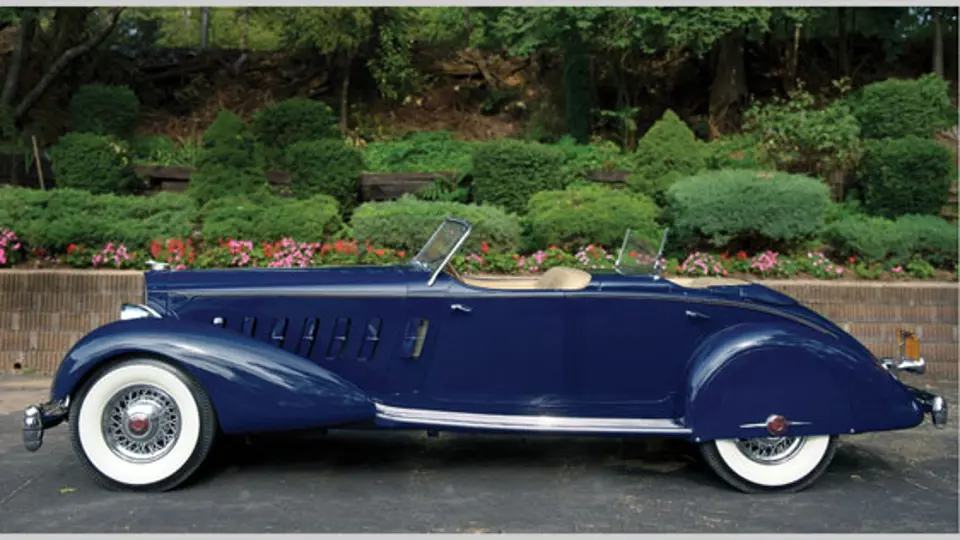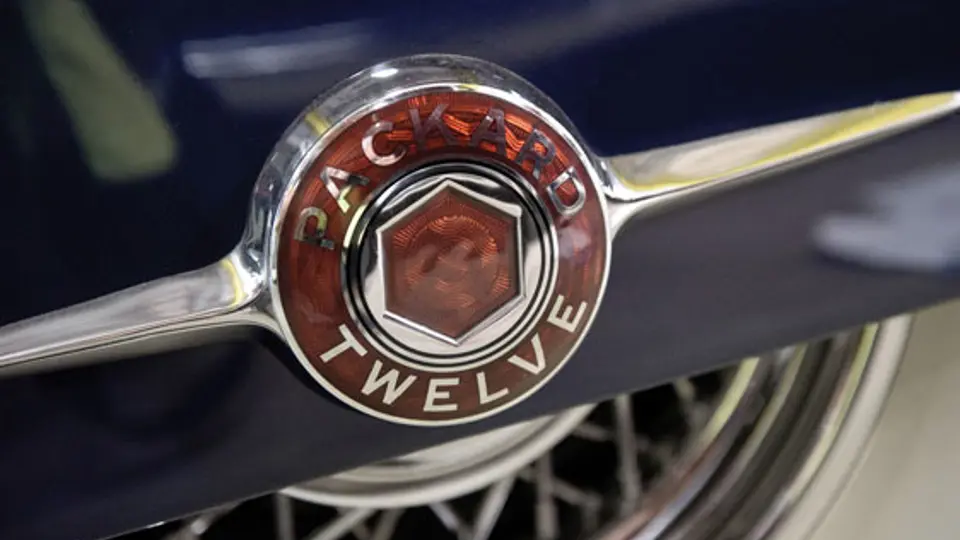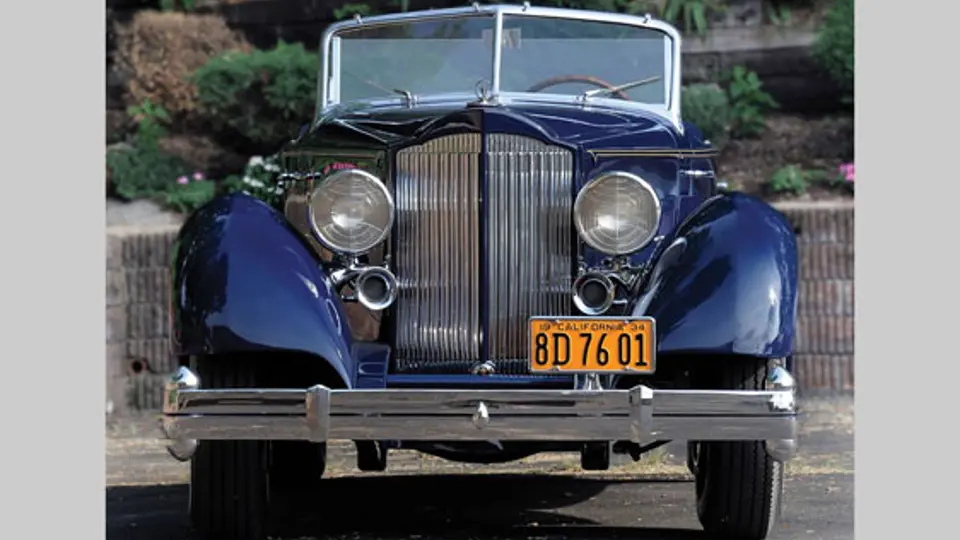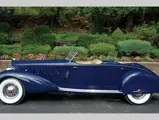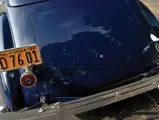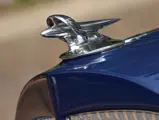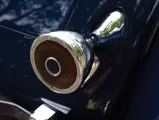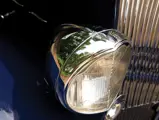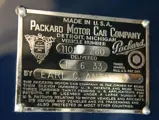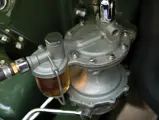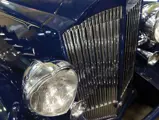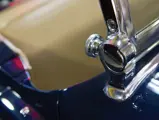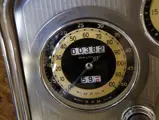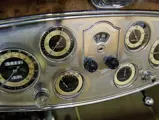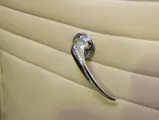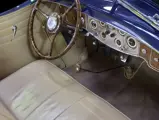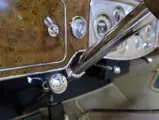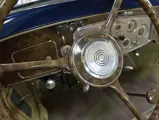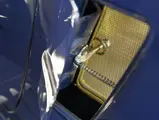160 bhp, 445 cu. in. L-head V-12 engine, three-speed selective synchromesh manual transmission, front suspension via semi-elliptical leaf springs and beam axle and rear suspension via semi-elliptical leaf springs and live axle, four-wheel vacuum-assisted mechanical drum brakes. Wheelbase: 142"
- Coachwork by Fran Roxas in the style of LeBaron
- Rare body style with only three originals built
- Restored in the last three years
The first 12-cylinder Packard was introduced in the 1916 model year as the Twin Six. The world’s first V-12 had its cylinder banks angled at 60 degrees and a displacement of 424.1 cubic inches, and it produced a rated 88 brake horsepower with enough torque to comfortably transport a fully loaded vehicle weighing around 6,000 pounds at speeds in excess of 50 miles per hour, with a top speed of 70. This first venture with a 12 ended in 1923 but would be soon revived.
Only seven years later Cadillac would fire the opening volley of the cylinder wars with the introduction of its luxurious V-12 and V-16 lines. Packard responded in 1932 with the reintroduction of a new V-12, again called the Twin Six. Although it shared a name with its predecessor, this was an entirely new design with a 67-degree block and a 445.5-cubic inch displacement that put out a whopping 160 horsepower. Consider that in the nine years since its last Twin Six was assembled, Packard added 24.4 cubic inches or 17.25 percent to the displacement, while increasing horsepower by 82 percent! Packard soon realized that it would be appropriate to differentiate the mammoth leap in engineering in name, and the new Twin Six was known simply as the Twelve. Although to own a Packard Twelve projected an air of exclusivity, some clients opted to have bespoke catalog custom or glamorous bodies fitted to their chassis.
LeBaron, Inc. was founded by Tom Hibbard and Ray Dietrich who were unexpectedly fired from Brewster when the management got wind of their plan to set up their own shop. They settled on the French-sounding name and set up shop at 2 Columbus Circle in New York City. Work was slow in coming but eventually picked up, first with a prestigious consignment from a New York Packard dealer and then with an offer of space at the 1922 New York Auto Salon.
Hibbard left the firm in 1923 after meeting Howard “Dutch” Darrin while on a trip to Paris, and Dietrich left a few years later after being wooed to Detroit by Murray. Despite the departure of its founders, the company prospered and was eventually acquired by Briggs in 1927. Briggs’ clients included Chrysler, Ford, Overland and Hudson. LeBaron continued to operate within Briggs, whose strong Detroit connections soon lead to prestigious custom work for Lincoln, Cadillac and Pierce Arrow, becoming, in effect, Brigg’s in-house design label. LeBaron was ideally positioned to take advantage of the burgeoning demand for coachbuilt bodies that developed in the late 1920s. With the aid of its larger parent, LeBaron survived the Depression and produced some of its best work in the early to middle 1930s.
Just three examples of the 1934 Twelve were originally fitted with this style of Dual Cowl Sport Phaeton body by LeBaron, which sold for a princely $7,065 when new against $4,185 for a factory sedan and about $6,000 for a large private home. One of these three cars was owned by renowned restorer Fran Roxas, who has prepared many cars to Pebble Beach-winning standards. Mr. Roxas is famous not only for concours-quality restoration but also for his incredible fabrication skills when it comes to recreating period bodies.
The level of craftsmanship throughout is very high, and this car stuns with its incredible presence. It is very fresh cosmetically, with excellent lustrous Packard Blue paint and high quality chrome including the wire wheels. The body is very straight, and the panel fit is excellent. The interior is equally stunning and fresh, with high quality light grey leather that is imperceptibly worn, a Packard Blue cloth top and superlative detailing throughout. The leather and carpets in both passenger compartments are excellent, and all components have been restored, from the pedals and instruments to the burled dash, shift knob, radio and steering wheel. The engine compartment retains the correct hardware and finishes and is very nicely displayed, and the trunk has been restored to the same level of authenticity. The underside is very nice as well, with light wear and soiling only.
Packards of 1934 are considered to be superlative examples of the marque and are highly sought after by enthusiasts. With original coachbuilt examples reaching high into the stratosphere, this faithful Fran Roxas recreation will convey all the style and glamour of the original LeBaron Sport Phaeton but at a very attractive price point.




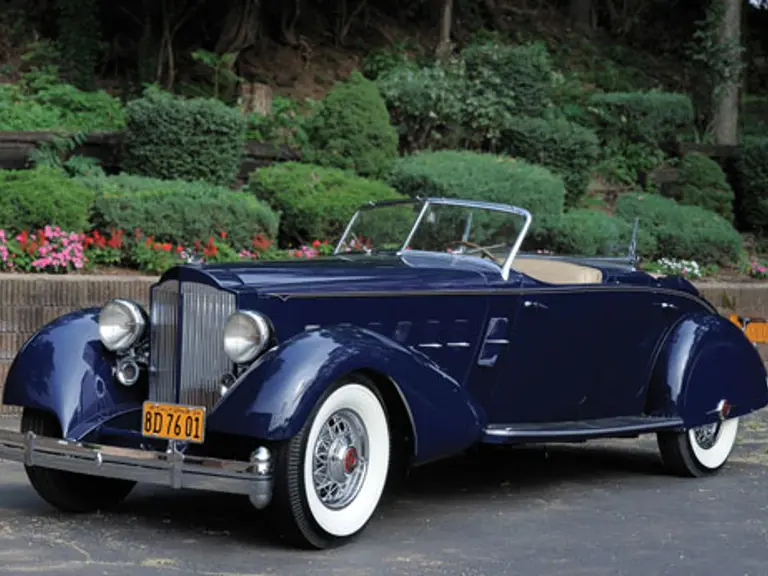
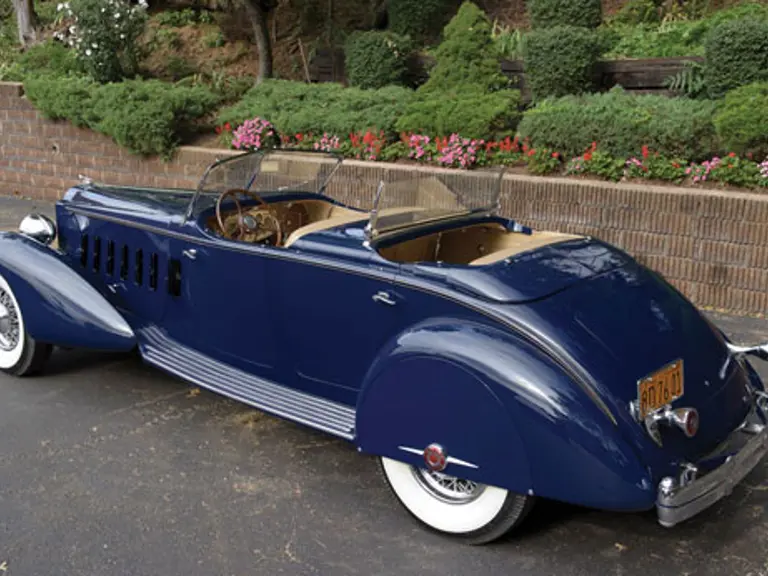
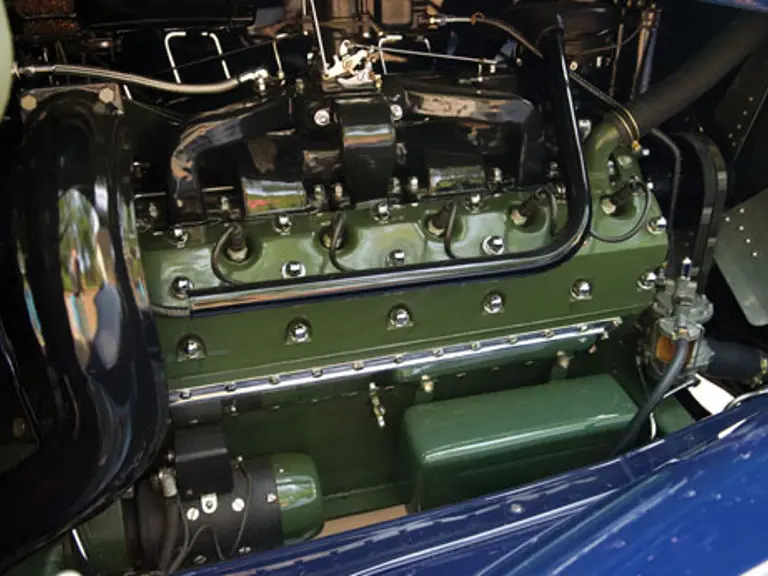
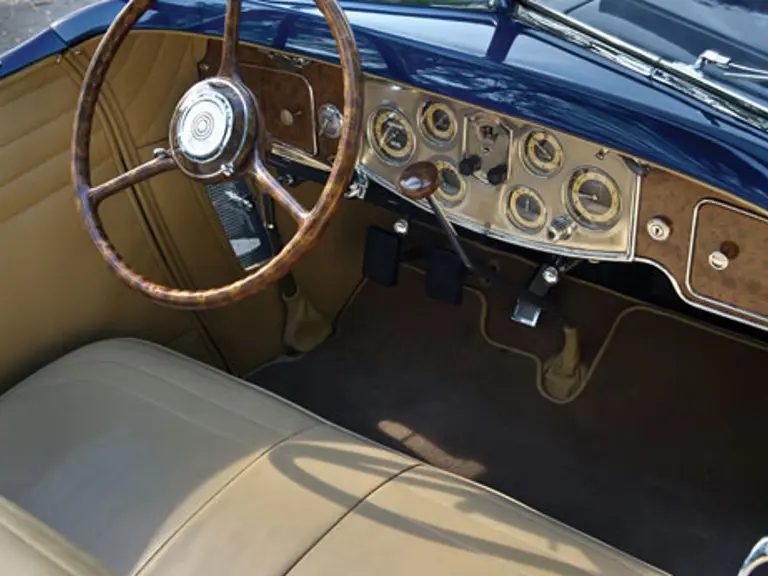

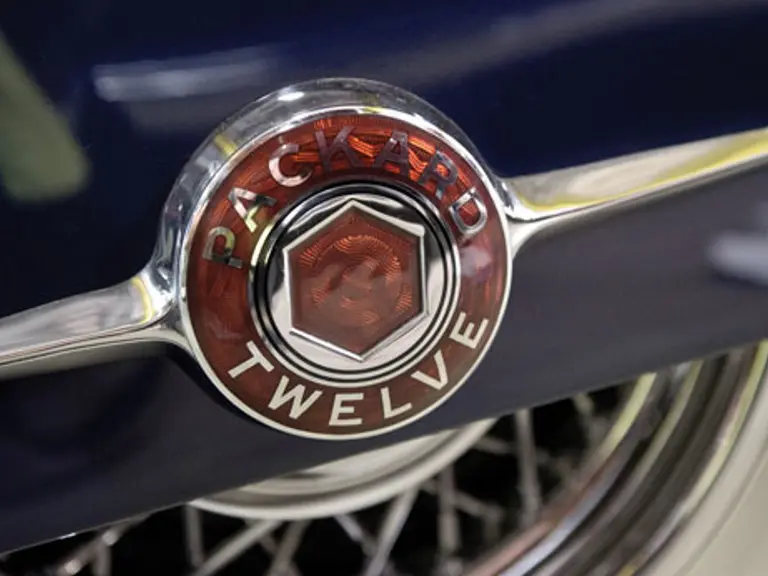
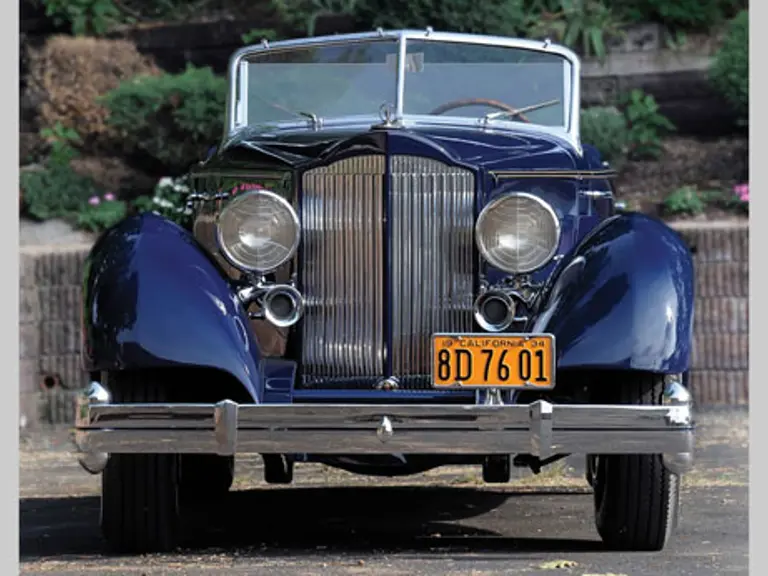
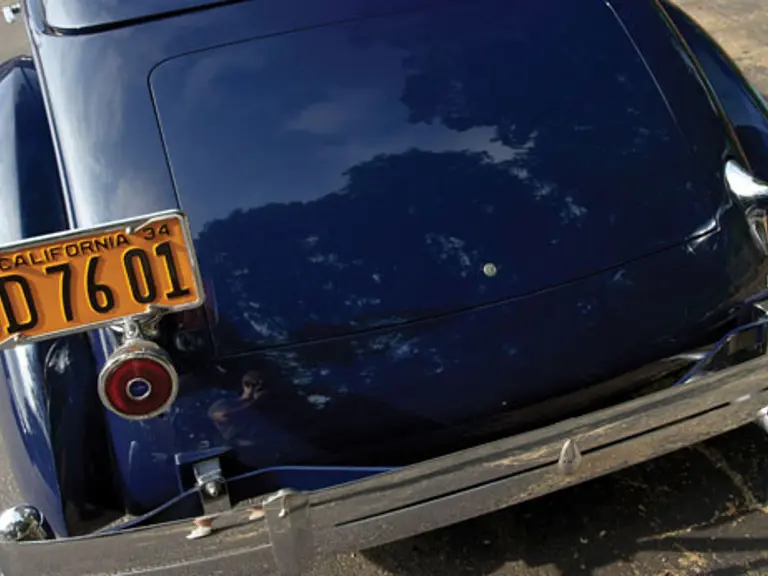
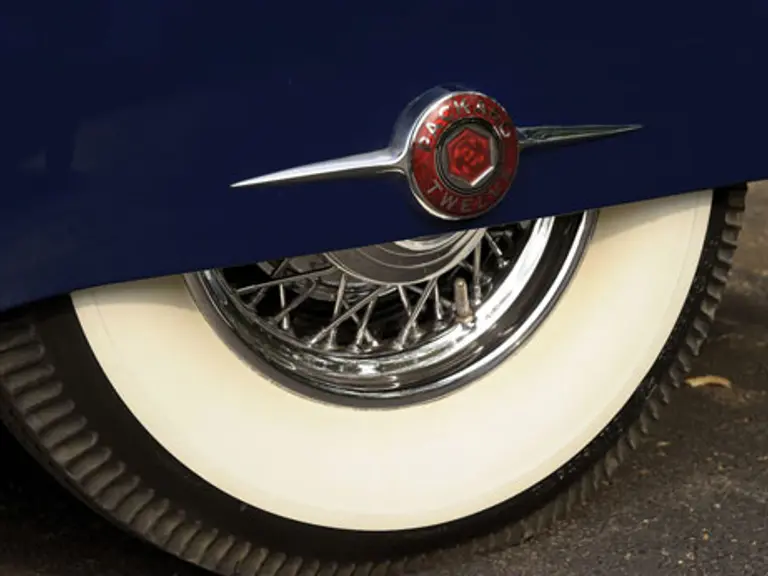
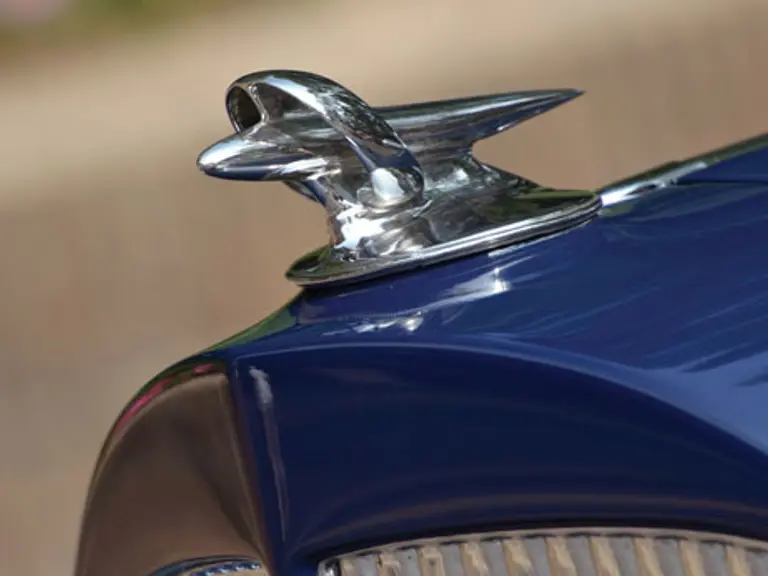
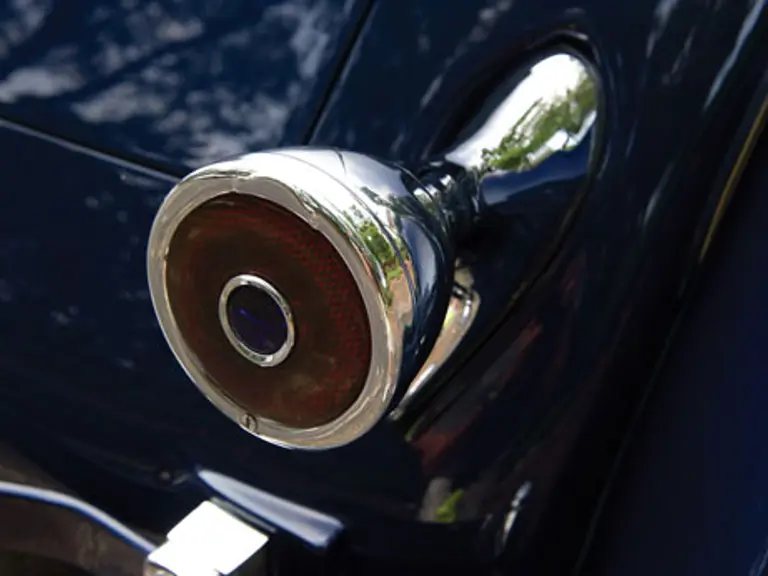
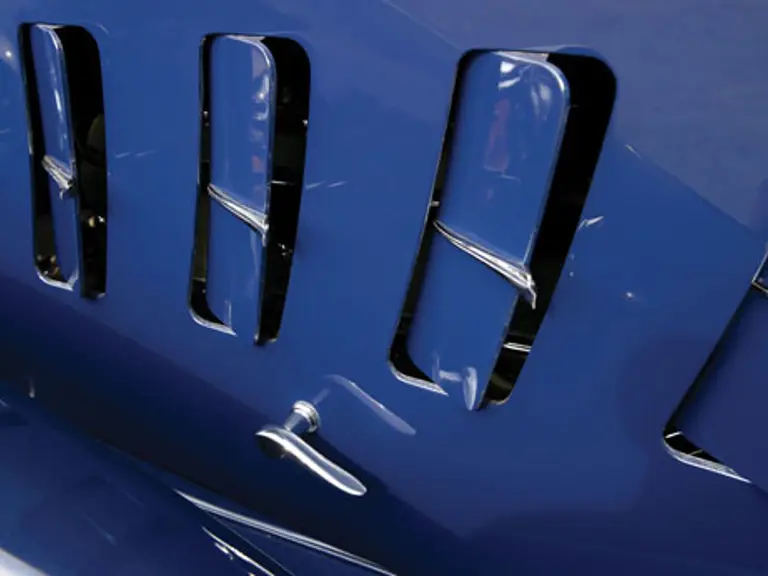

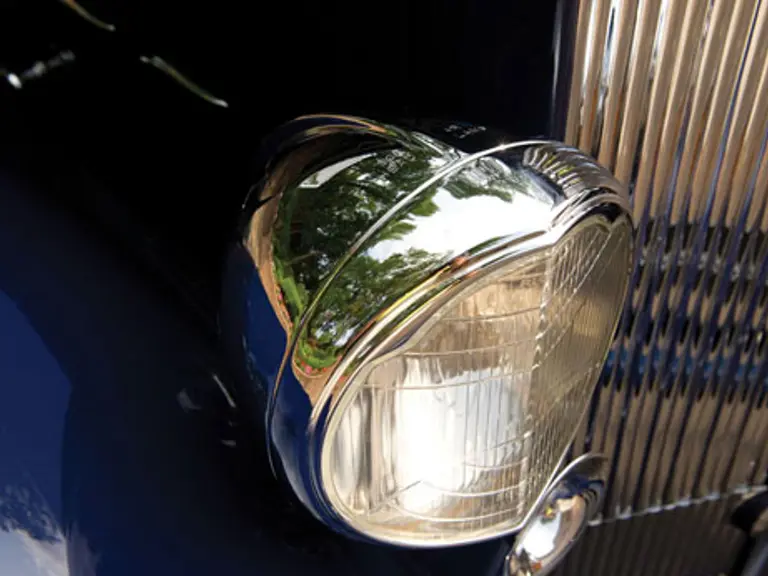

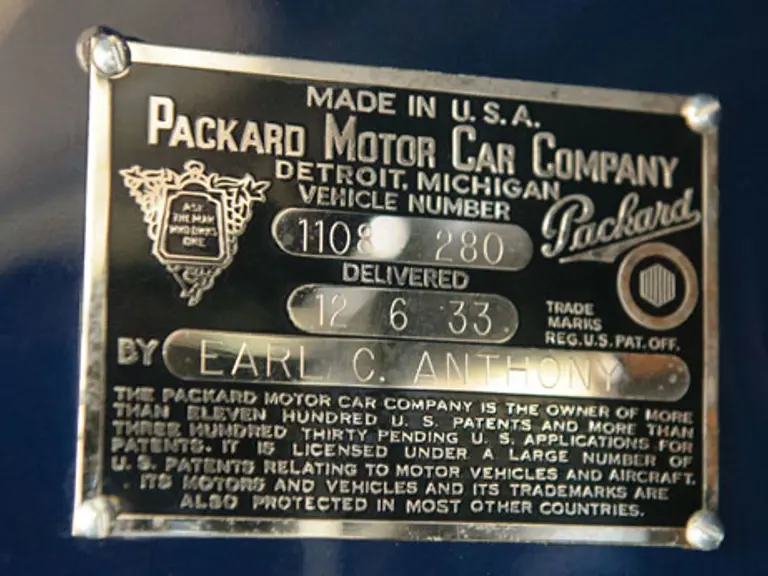
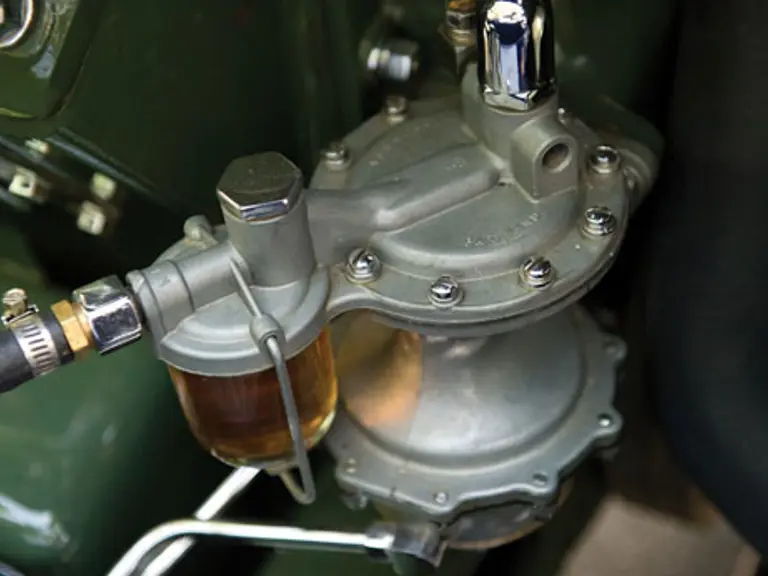

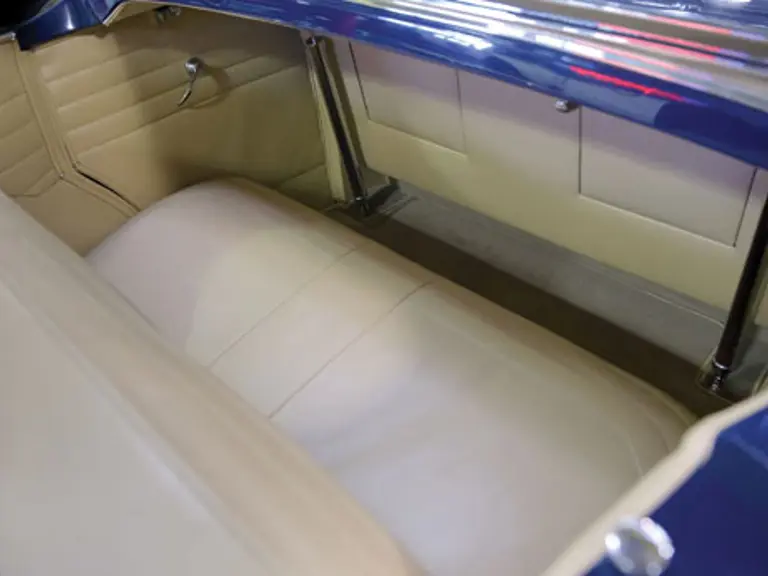
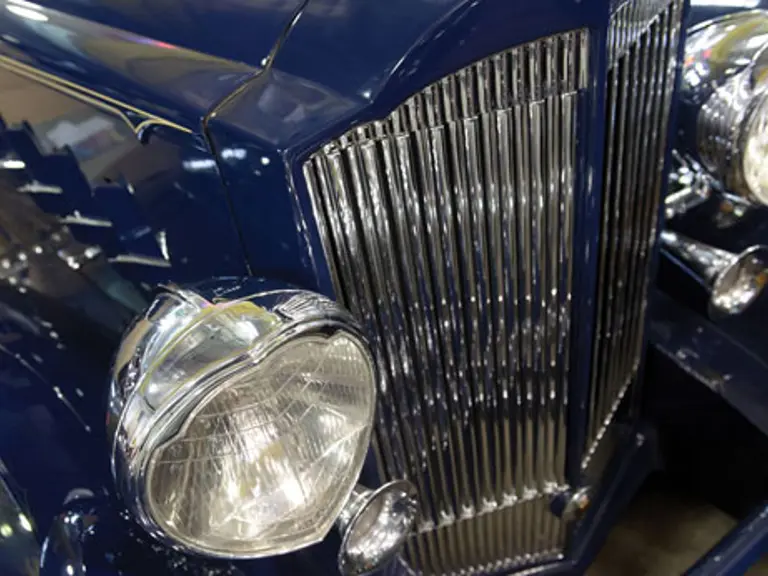
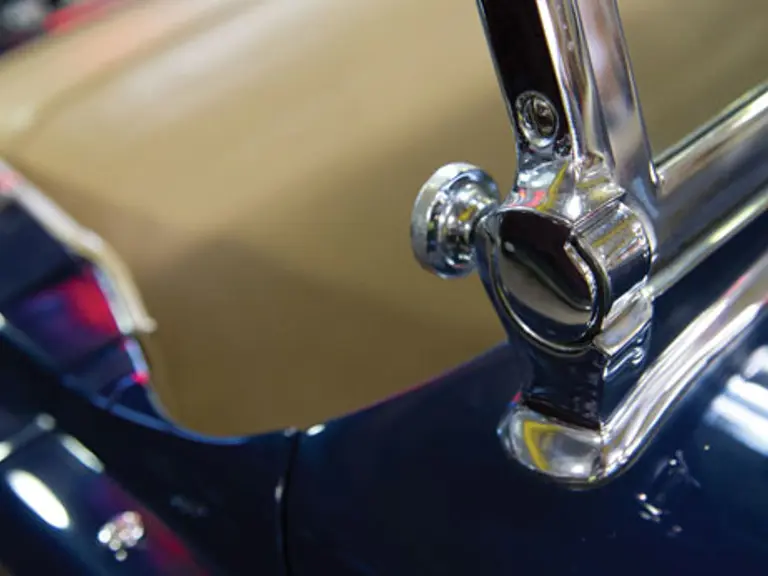
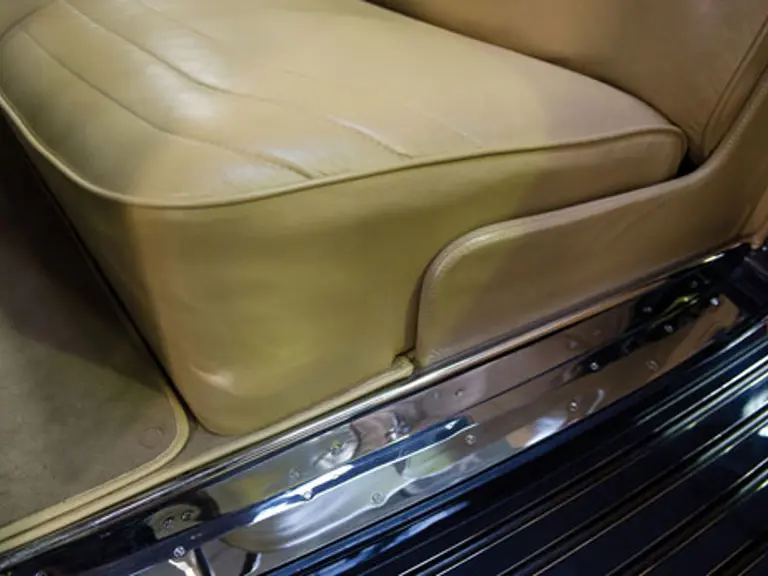

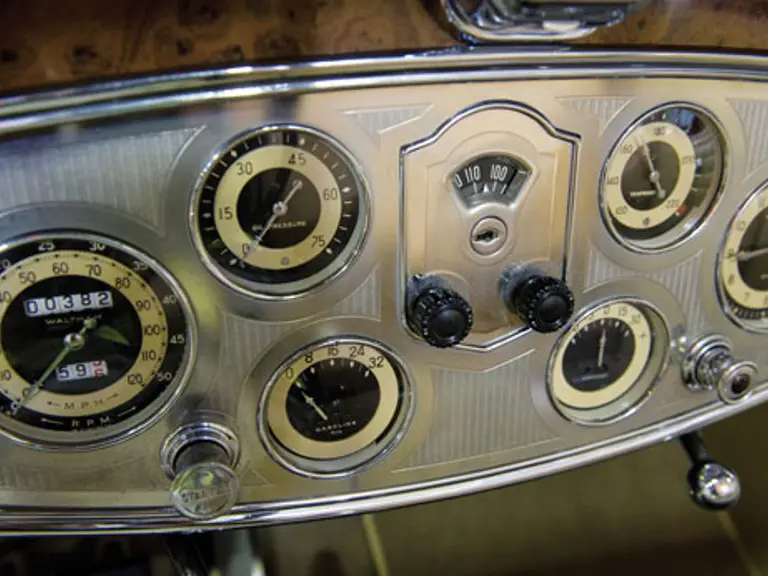
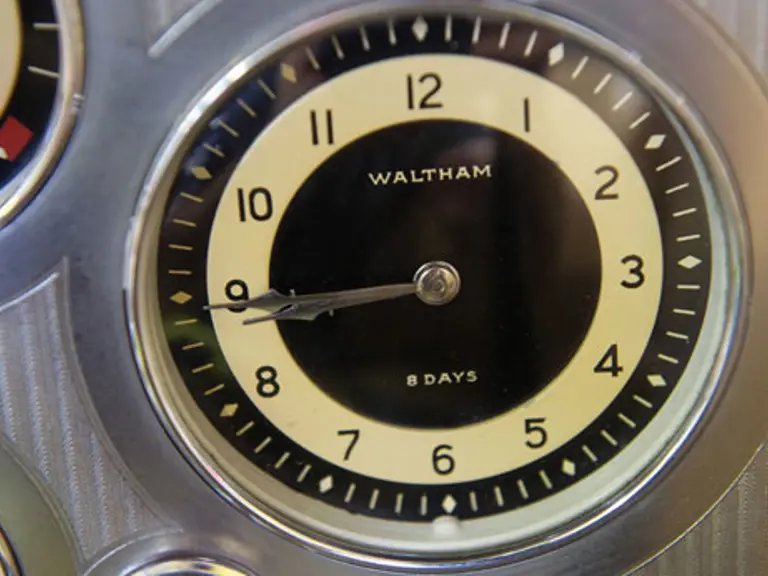
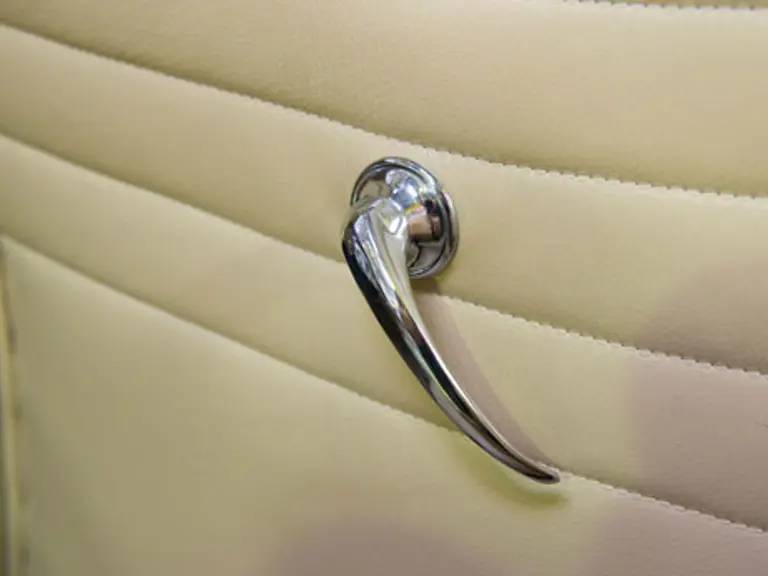

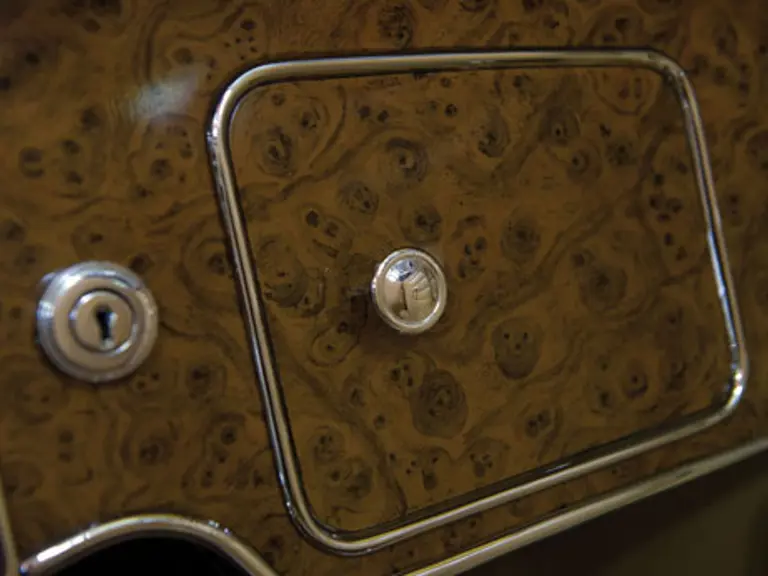
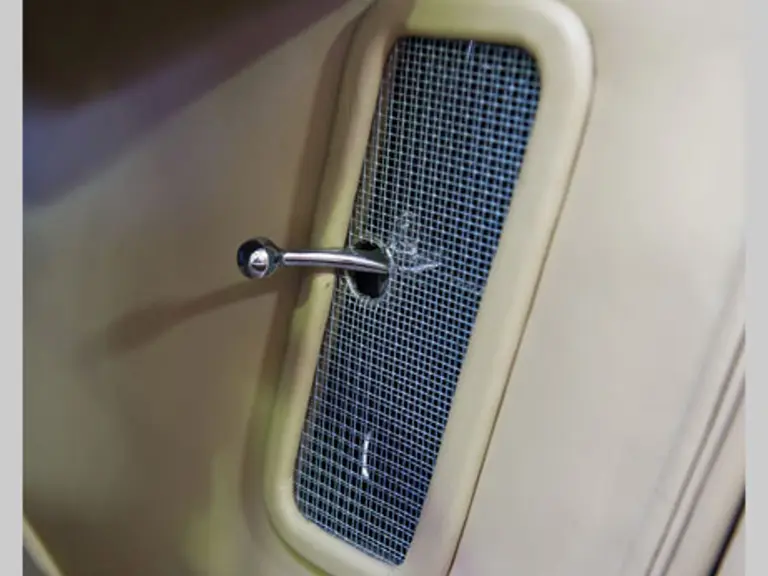
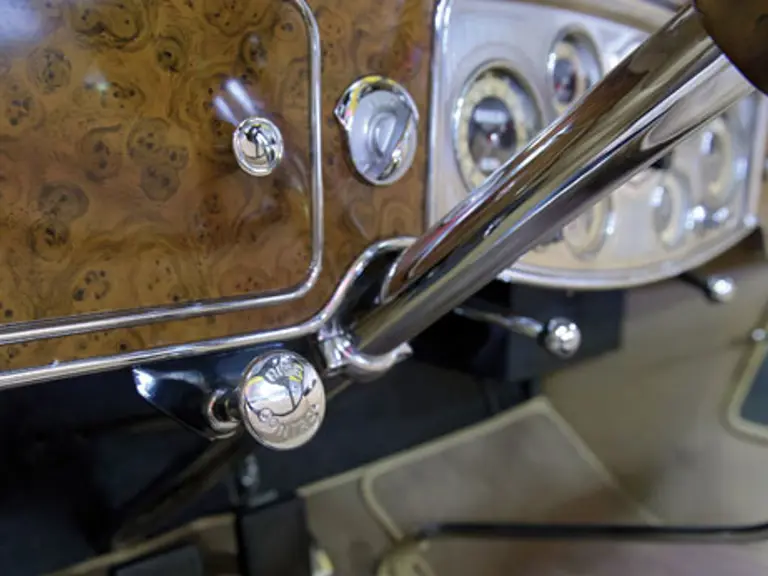

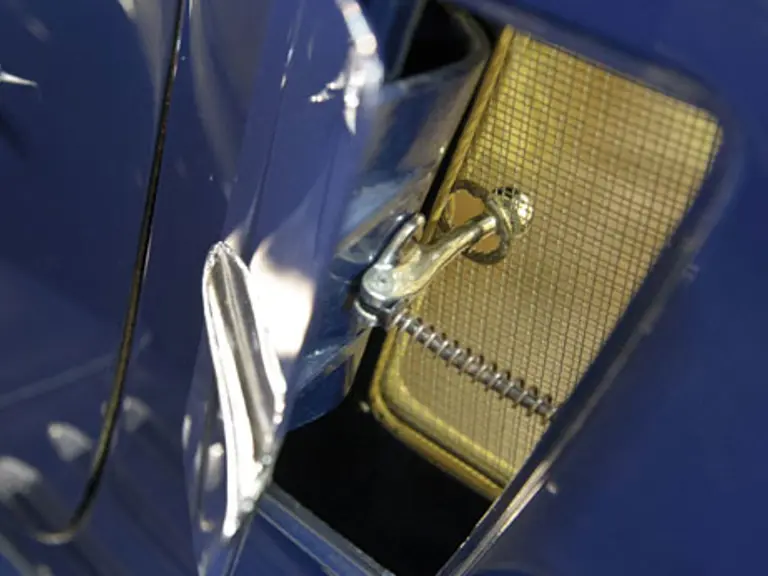


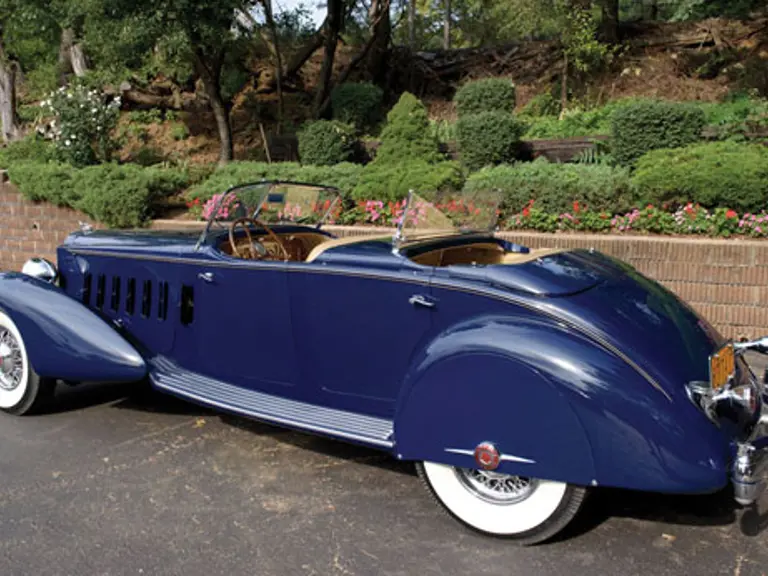
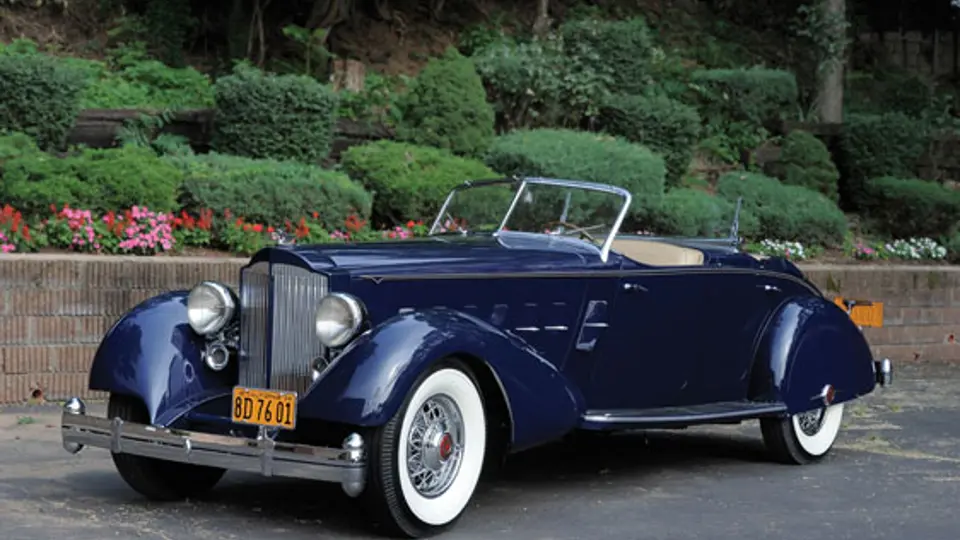
 | Hershey, Pennsylvania
| Hershey, Pennsylvania
